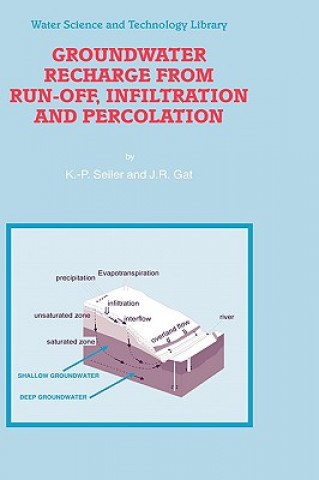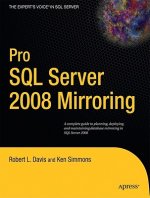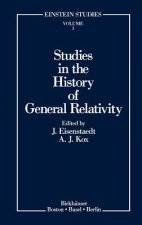
Doručení
Nákupní rádce





Nehodí se? Vůbec nevadí! U nás můžete do 30 dní vrátit
 Dárkový poukaz
V libovolné hodnotě
Dárkový poukaz
V libovolné hodnotě
S dárkovým poukazem nešlápnete vedle. Obdarovaný si za dárkový poukaz může vybrat cokoliv z naší nabídky.
Groundwater Recharge from Run-off, Infiltration and Percolation
 Angličtina
Angličtina
 446 b
446 b
30 dní na vrácení zboží
Mohlo by vás také zajímat


Groundwater constitutes the most important reservoir of available clean water. Due to its overexploitation, some anthropogenic mismanagement on the surface and the overloading of the cleanup potential of subsurface, many of the groundwater systems used for water supply are in jeopardy. The problem is very severe in dry-lands, but also in urban, industrial, agricultural and traffic areas. §This book first addresses the recharge fluxes relating both to the quantity and quality of groundwater. In order to face the threats to the water supply and to be able to maintain a sustainable water management policy, detailed knowledge is needed on the surface-to-subsurface transformation link in the water cycle. Secondly, a comparison of both the traditional and modern approaches to determine groundwater recharge is presented. The traditional approach to determine groundwater recharge is based on water balance estimates and hydraulic considerations, which yield instantaneous values at best but do not integrate the totality of recharge pathways in time and space. In contrast, environmental tracers integrate these factors. Finally, the fate of groundwater recharge in the subsurface by hydraulic and geologic means is explained in detail, in order to stimulate adapted groundwater-management strategies and to better assess consequences of climate changes on groundwater resources as a whole.To face the threats to the water supply and to maintain sustainable water management policies, detailed knowledge is needed on the surface-to-subsurface transformation link in the water cycle. Recharge flux is covered in this book as well as many other groundwater issues, including a comparison of the traditional and modern approaches to determine groundwater recharge. The authors also explain in detail the fate of groundwater recharge in the subsurface by hydraulic and geologic means, in order to stimulate adapted groundwater-management strategies.Groundwater constitute the most important reservoir of available clean water. Due to its overexploitation, some anthropogenic mismanagement on the surface and the overloading of the cleanup potential of subsurface, many of the groundwater systems used for water supply are in jeopardy. The problem is very severe in dry-lands, but also in urban, industrial, agricultural and traffic areas. §This book first discusses the recharge fluxes relating both to the quantity and quality of groundwater. In order to face the threats to the water supply and to be able to maintain a sustainable water management policy, detailed knowledge is needed in between others on the surface to subsurface transformation link in the water cycle. Secondly, the presentation and comparison of both the traditional and modern approach to determine groundwater recharge is discussed. The traditional approach to determine groundwater recharge, is based on water balance estimates and hydraulic considerations, which yield instantaneous values at best but do not integrate the totality of recharge pathways in time and space. In contrast, environmental tracers do integrate these factors. Finally, the fate of groundwater recharge in the subsurface by hydraulic and geologic means is discussed in detail, in order to stimulate adapted groundwater management strategies and to better assess consequences of climate changes on groundwater resources as a whole. §Audience§This book will be of interest to hydrologists, hydro-geologists, engineers, geographers, agronomists, soil scientists, groundwater modellers, environmental physicists, limnologists
Informace o knize
 Angličtina
Angličtina
Kategorie




 Jak nakupovat
Jak nakupovat






























